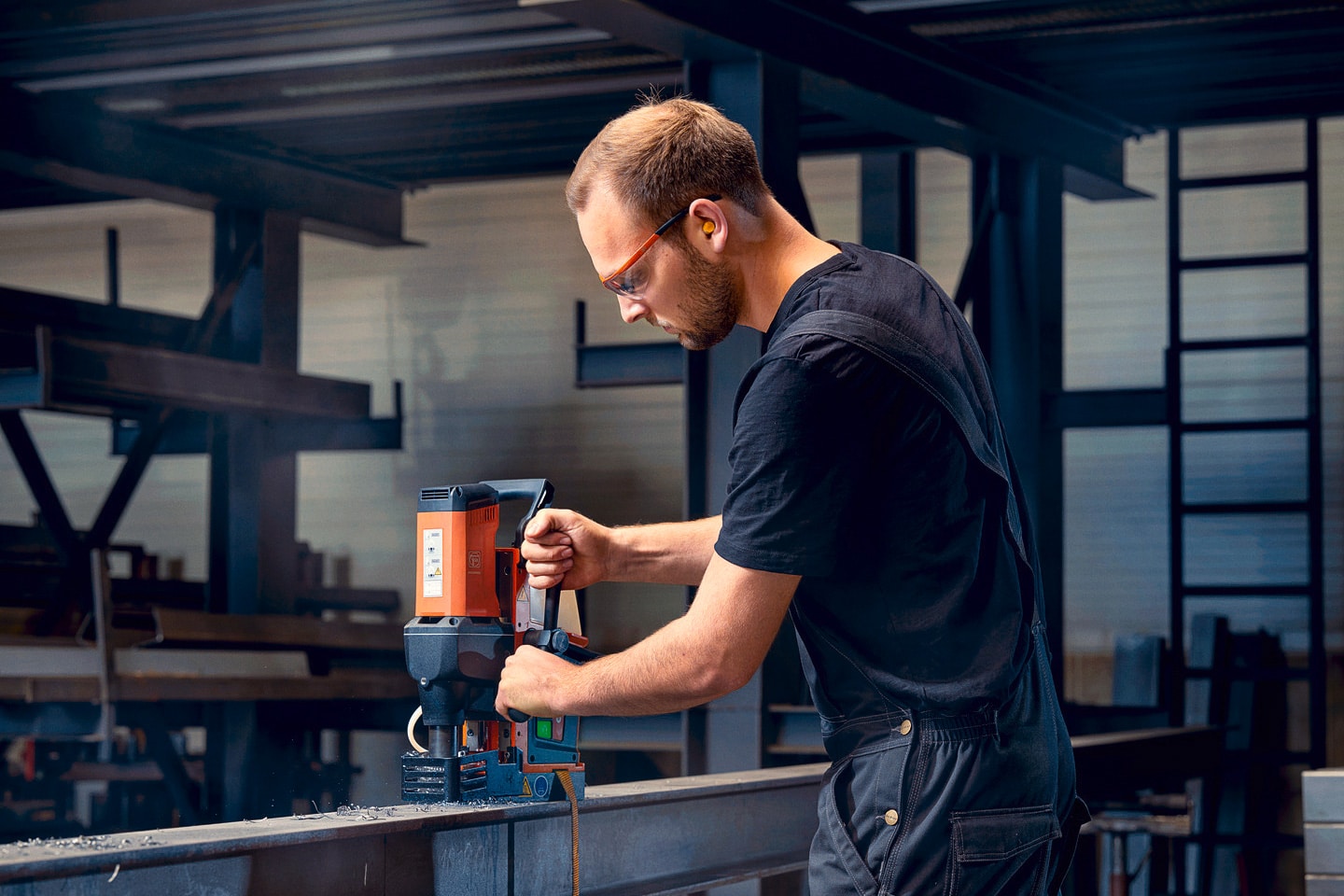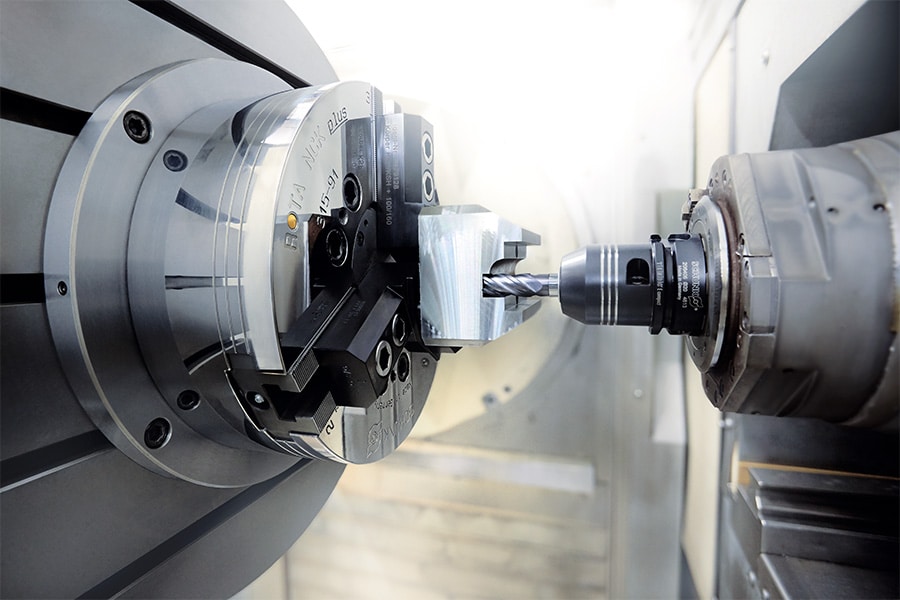
The Pen | Marcel Fiedler, product manager bending/automation at Bystronic Inc.
Folding in the age of the smartphone
Remember when you took your first cell phone out of the package. You first reached for the manual to start up that new gadget. Today, when you get a new smartphone, you turn it on and start using it. It's probably even already charged and ready to use. With no buttons, its entire surface has become a human-machine interface (HMI). Fortunately, folding machines last much longer than smartphones. In many workshops, you'll find classic controls and state-of-the-art technology side by side. It will take time and patience to master the differences between each machine. And that also requires separate training strategies.
Can you remember what it was like when you first stood in front of a bending bench. In the pre-Smartphone era, an old hand in the trade would guide you step by step through the manual. You learned to set the position of each axis correctly, determine where the back gauge should go, make other adjustments by feeding nominal values into the controller and then produce until it was time for the next batch. Finished? Time for the next machine. You read the drawing, program the controller. You determine the material and thickness, the bend angle and manually position the back gauges for each bend. By the tape, it took at least ten minutes to set up the bending bench for the first fold. But you were on your own, the machine in no way showed what was required, hence the experienced guide at your side.
We fast-forward to today. Now, if you're looking for your first job in sheet metal working, you first enter a classroom environment. You get a chair next to a PC that has the software for the bending bench installed. It is not the colleague with the most years of service on the counter who will guide you through the operation of the bending bench, but the software. It will navigate you flawlessly through the interface, without buttons or keys, even if you have no experience. Does it ring a bell? Smartphones have had a huge impact on how the industry interacts with machines. You no longer have to take out the drawing, adjust every step of the bending process and determine the x-value of the back gauge, everything is calculated and corrected for you in the background.
A workpiece with eight folds has 10,321,920 possible folding tasks. That results in 20 million possible collisions before and after bending. Software checks that automatically in a matter of seconds. If you want to change the position of the back gauge, the control shows exactly how it will move. The controller recalculates every change in real time with a snap of its fingers. You now have a full 3D visualization of the workpiece geometry that allows the CNC to automatically calculate each position of the axis. A bending bench may be able to perform its duties for thirty years without any problems. But the shorter set-up times, therein lies the profit of investing in new bending technology. Most orders today demand precise positioning of tools, especially for complex geometries. Just ask any colleague who has worked on an older bending bench if he has ever bended a piece in reverse. The answer is most likely yes. A control with 3D images helps prevent this. They show every contour of the piece, internal features included, for proper orientation. When you see the color change on the screen, you know you need to rotate the piece for the next fold.
Advanced HMIs and other technological leaps forward have done nothing to change the fundamentals of bending. No matter how old or new the bending bench is, there are still k-factors and bending tolerances, they are just calculated automatically now. The experience you build now at the machine can serve to think about how to make bending technology and the entire workflow more efficient. And for companies, it makes the hunt for bending talent just a little more flexible. Because even if you've never touched a bending bench before, you'll be able to deliver a first piece like after five minutes. All thanks to the user-friendly control interface.



